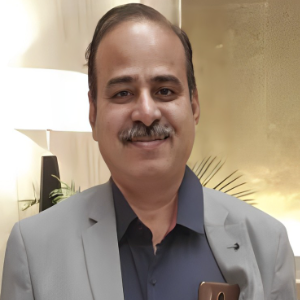Bodily anomalies are abnormal physical features that an individual may be born with, or that can develop over time. These anomalies can affect any part of the body, from the internal organs to the outer birthmarks, moles, and other marks. They range from minor, non-visible, and largely harmless anomalies, to those that can cause serious medical problems or alter a person’s appearance and function. Common types of bodily anomalies include birthmarks, birth defects, malformations, deformities, and genetic disorders. Birthmarks are typically harmless and can appear anywhere on the body. They’re often composed of extra skin cells that form at the time of birth and can be red, white, bluish, or brown in color. Some birthmarks are not visible until later in life, while others may not show up until puberty. Birth defects are a type of bodily anomaly that occur during a baby’s development in the uterus and can cause serious medical issues. These defects can affect any part of the body, from the internal organs to the fingers and toes. Abnormalities of the facial features, skeleton, brain, or nervous system are frequent birth defects and occur in five percent of all live births. Malformations and deformities are also types of bodily anomalies. Malformations typically involve the internal structures of the body, while deformities are defects of organs, bones, or soft tissue that result in an uncommon outward appearance. Genes can also be responsible for some malformations and deformities, while others can be caused by environmental factors or physical injury. Since there is such a wide range of bodily anomalies, appropriate treatments and management plans are dependent on the individual’s diagnosis. Treatments may include frequent check-ups, surgery, medications, and therapies to improve physical or mental functioning. In conclusion, bodily anomalies are common and can result in medical issues or changes to a person’s appearance. If you or your child have been diagnosed with an abnormality, it’s important to speak with your doctor about possible treatments and management plans.

Ravi M Rathod
KMCRI, India
Dechelette Corinne
La Peau Autrement, France
Irina Sergeeva
Novosibirsk State University, Russian Federation
George Sulamanidze
Plastic Surgeon at Clinic of Plastic and Aesthetic Surgery and Cosmetology TOTALCharm, Georgia
Nino Tsamalaidze
Ltd Karabadini+, Georgia
Lina Petrossian
California University of Science and Medicine, United States
Surajbala Khuraijam
Manipur Health Services, India
Shrutimita Pokhariyal
Symbio, India
Yasser Mohammed Hassanain Elsayed
Egyptian Ministry of Health, Egypt



Title : Paraneoplastic Autoimmune Multiorgan Syndrome or PAMS: Paraneoplastic pemphigus revisited
Sergei A Grando, University of California Irvine, United States
Title : Modern non-invasive methods for in vivo assessment of skin
Georgios N Stamatas, SGS, France
Title : Personalized and precision dermatology through the view of biodesign-inspired translational & data-driven applications: Revolutionary skin treatments for every concern in clinical dermatology integrating skin care experts and consumers
Sergey Suchkov, N.D. Zelinskii Institute for Organic Chemistry of the Russian Academy of Sciences, Russian Federation
Title : The next generation of threads: Lifting, volumization, and biostimulation in one powerful triple action
George Sulamanidze, Plastic Surgeon at Clinic of Plastic and Aesthetic Surgery and Cosmetology TOTALCharm, Georgia
Title : Lymphoproliferative diseases in the practice of a dermatologist
Irina Sergeeva, Novosibirsk State University, Russian Federation
Title : Art, skin, and dermatology: Interdisciplinary perspectives
Dechelette Corinne, La Peau Autrement, France
Title : Comparative efficacy of omalizumab and dupilumab in children with Chronic Spontaneous Urticaria (CSU): A retrospective cohort analysis
Molynna Nguyen, University of Toledo, United States
Title : "Mirror mirror on the skin” — A low-cost community strategy to reduce melanoma disparities in Washington, D.C.
Kayla Sampson, Georgetown University School of Medicine, United States
Title : Vitiligo: Not just an aesthetic disorder
Mateja Starbek Zorko, University Medical centre Ljubljana, Slovenia
Title : Personalized and Precision Medicine as a unique avenue to have the healthcare model renewed to secure the national biosafety: Advanced skincare solutions in individualized cosmetology, reconstructive plastic surgery and the modern beauty
Sergey Suchkov, N.D. Zelinskii Institute for Organic Chemistry of the Russian Academy of Sciences, Russian Federation